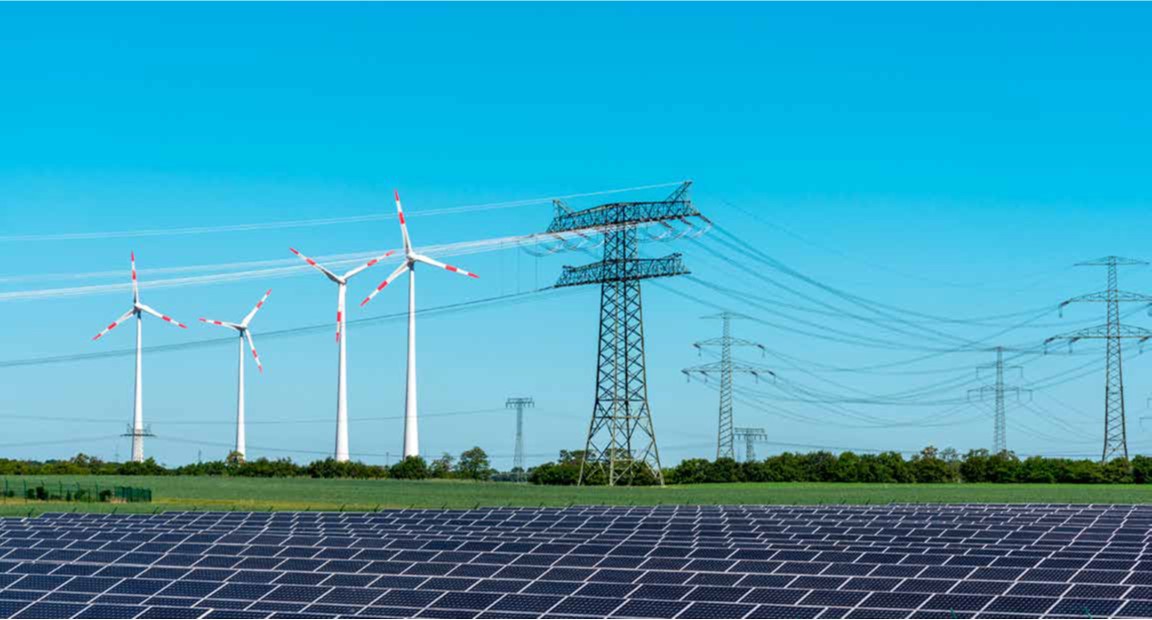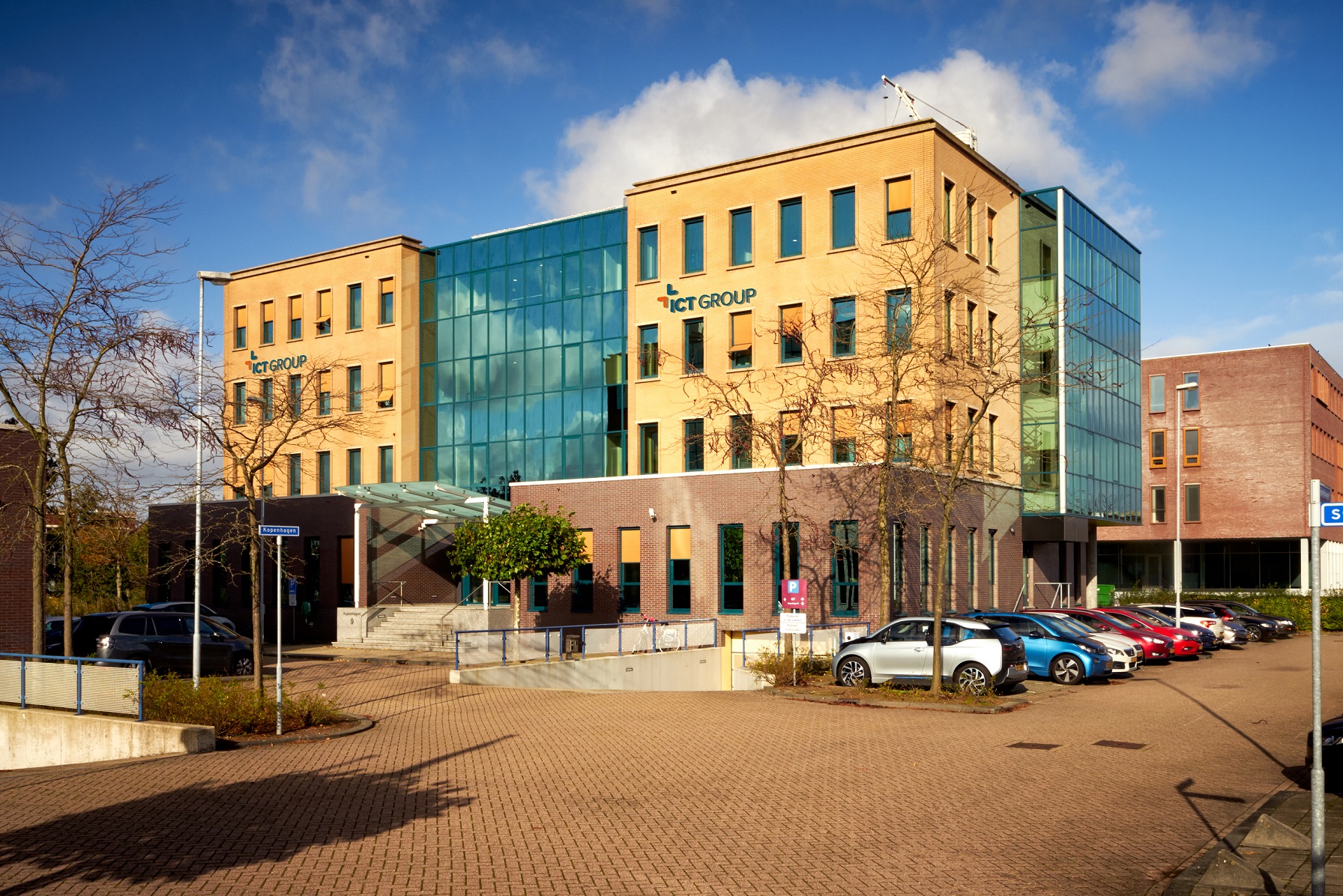
How do you keep the electricity grid in balance when supply and demand are becoming increasingly unpredictable due to the advance of wind and solar energy? That is the challenge for the energy sector in the Netherlands. In a consortium that includes Stedin and ICT Group, a system has been developed to absorb peaks in consumption and production, without laying extra laying extra cables in the ground.
The electricity grid in the Netherlands is super reliable: electricity supply was available 99.996015% of the time in 2016, according to a report by Netbeheer Nederland. This is thanks to the national grid operator Tennet and the various regional grid operators, such as Stedin, Enexis and Alliander. Tennet ensures in particular that supply and demand of electricity are aligned and also takes care of the transport of electricity at high voltage level for its account. The regional grid operators handle the distribution of electricity at regional and local level and, among other things, prevent the medium- and low-voltage grid from becoming overloaded.
Congestion
Accurate forecasts of supply and demand help keep the overall network "in balance," preventing over- or underloading. However, the transition to electricity from wind and solar makes this more complex because the weather is erratic. In fact, the electricity generated by solar panels and wind turbines will at times be so large that the power grid cannot process it. Congestion (congestion) then occurs on the grid. 'You can see the electricity grid as a road network, where the electricity is the cars, the cables in the ground are the roads and the transformers are the junctions,' explains Eric van der Laan, business development manager of ICT Group.
Rush hour avoidance
Network operators are obliged to prevent this. 'The obvious way to expand the capacity of the grid is to lay more or thicker cables in the ground, similar to more asphalt,' explains Stedin innovation manager John Hodemaekers. 'The disadvantage of extra copper in the ground is that it takes a long time, causes a lot of inconvenience and is expensive. You can also use the flexibility in the grid. For example, by letting suppliers deliver at a later time in exchange for a fee or by asking customers to use energy at a different time. Think of turning on appliances later or shifting process steps within the production process. Then peaks decrease or even disappear. You can compare this with traffic avoidance, where driving outside rush hours is rewarded.
Lombok Living Lab
Stedin is experimenting with flexibility solutions in various living labs. One of these is Lombok, a neighborhood in Utrecht with a growing number of electric cars (with associated charging points) and solar panels. At certain times a lot of electricity is consumed in the district, such as in the evening and at night for charging cars. While on sunny days a lot of electricity from solar panels is fed back into the grid. At these peak times, the transformers have too little capacity to transmit all the power. In Lombok, Stedin is investigating the extent to which charging electric cars can help reduce peak loads.
Universal Smart Energy Framework
The Universal Smart Energy Framework (USEF) is the software model that enables the virtual market for the flexible generation and consumption of energy. The framework ensures, in the case of Lombok, uniform information exchange between Stedin on the one hand and district residents and companies with their electric cars on the other. They are represented in Lombok by Jedlix, a so-called aggregator. Jedlix collects (aggregates) flexibility in the charging process and offers this to Stedin as a service. 'Jedlix predicts one day in advance how much electricity households and businesses together expect to take off per quarter-hour,' explains Stedin's Enterprise Architect Milo Broekmans. 'We compare this data in combination with the prognosticated yield of the solar panels with our network capacity and thus see at which transformers
could cause problems. If congestion threatens, we ask Jedlix to help. Specifically, this means that charging is distributed over a longer period of time or, on the contrary, that off-take is intensified, in exchange for compensation.
Scalable, flexible and secure
USEF is an initiative and partnership of seven organizations operating in the energy market from different perspectives. They joined forces in 2014 to accelerate the transition to smart energy. Stedin and ICT Group are partners in this. Together they developed a reference implementation of USEF and are applying it in Lombok. This USEF implementation is offered by ICT Group as a service in a cloud environment (USEF-as-a-Service). 'The flexibility, scalability and security are reasons for us to purchase USEF-as-a-Service from ICT,' explains John Hodemaekers. 'This allows us to hook up other smart energy projects quickly, cheaply and securely. ICT's knowledge and experience is important for the further development of USEF,' Milo Broekmans adds. 'USEF actually consists of two parts; a universal communication layer that regulates the exchange of flexibility between grid operator and aggregator and so-called pluggable business components, in which role-specific intelligence is invested. ICT has crucial knowledge and experience in-house to roll out the basis of USEF and build these pluggable business components quickly and properly.'
Stedin is starting USEF in Lombok, initially still without the fees. Milo Broekmans: 'We first want to check whether the system is running well, then we will take follow-up steps. One of the things we have to determine is how we deal with the situation that Jedlix cannot offer flexibility. For this case, two options are conceivable: approach more providers who can offer flexibility or squeeze. Stedin is also using the test phase to improve forecasts. 'With machine learning we can probably predict energy consumption more accurately,' John Hodemaekers expects. 'For supply, that becomes more difficult because we can predict the weather fairly accurately, but it is still difficult to determine exactly what time a cloud moves in front of the sun.'
